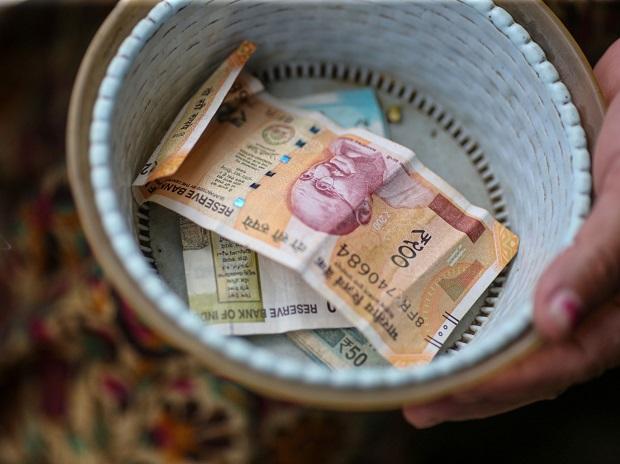[ad_1]
India’s benchmark 10-year bond yields are expected to rise on the back of higher government borrowings, while the rupee could see steep depreciation by end of this financial year as pressure on emerging market currencies resurfaces, a rates strategist with UBS told Reuters on Tuesday.
“For the fiscal year end, we are forecasting the 10-year India bond yield at around 7.50%,” Rohit Arora, senior emerging markets forex and rates strategist at UBS Global Research said in a telephone interview. “Over the course of next few months, we expect the debt markets’ demand-supply misbalances to resurface.”
Arora does not see much value in entering the Indian bond market at current levels as a combination of “somewhat elevated supply burden,” and a tapering demand form banks fuel a rise in yields.
India’s benchmark 7.26% 2032 bond yield was at 7.25%, down 25 basis points over the last one month, as inflation in India and the United States eased, leading to bets of slower pace of interest rate hikes. The rates strategist pegs India’s terminal repo rate at 6.50%, with a rate hike at the end of policy meet on Wednesday, as well as in February.
Further, foreign inflows into Indian bonds may not rise so soon, Arora said, adding that November was a “one-off.”
Indian bond yields are unattractive vis-a-vis many other emerging markets, he cited.
Foreign investors bought net of 37.1 billion rupees ($450.98 million) government bonds in November, after staying sellers in September and October, CCIL data showed.
“Some of the peer bond markets, like Indonesia, also saw inflows and so did regional equity markets. November was generally a very strong risk appetite month,” UBS’ Arora said. “We do not think this is sustainable in emerging markets over a period when we, the global economy, are entering a recession.”
RUPEE’S SLIDE
Arora expects global financial conditions to tighten further over the next few months, which would increase pressure on emerging market currencies including rupee.
The Indian rupee was trading at 82.20 against the dollar, recovering from a record low of 83.29 hit in October.
For rupee, the current valuation is quite expensive, while trade deficit is still weak, Arora said. “Hence 84 does not seem to be an aggressive call even though it might seem out of sync vis-a-vis current price action.”
Even as global recession could provide some respite to rising bond yields, the pressure on rupee is unlikely to subside immediately.
($1 = 82.2650 Indian rupees)
(Reporting by Dharamraj Dhutia; Editing by Dhanya Ann Thoppil)
(Only the headline and picture of this report may have been reworked by the Business Standard staff; the rest of the content is auto-generated from a syndicated feed.)
[ad_2]
Source link



